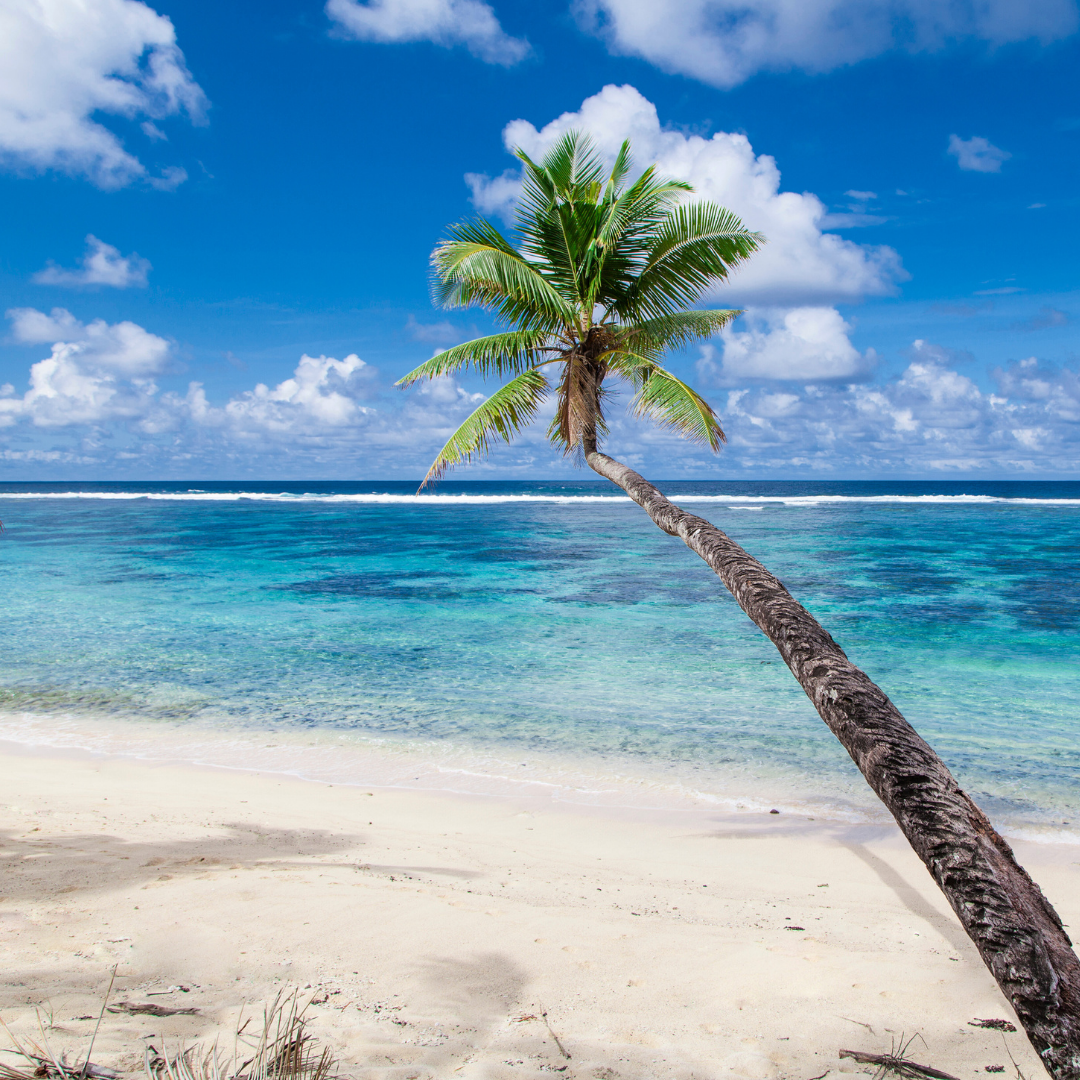Sailing around the British Isles: Exploring the Diverse Coasts of the UK

The British Isles, comprising the main islands of Great Britain and Ireland along with over 6,000 smaller ones, offer a veritable smorgasbord of sailing experiences. With a coastline that marries dramatic cliffs with serene beaches and bustling port towns with silent, isolated bays, a voyage around these waters is nothing short of a maritime dream. From the rugged cliffs of Cornwall to the remote Orkney Islands off Scotland’s north coast, sailing enthusiasts will find much to explore and even more to remember.
The Rugged Beauty of Cornwall and Devon
Situated in the southwestern tip of England, Cornwall and Devon serve as iconic starting points for any maritime journey around the British Isles. The coastline here is nothing short of dramatic, with jagged cliffs juxtaposed against sandy beaches and quaint coastal villages. Popular harbours like Falmouth in Cornwall or Dartmouth in Devon offer safe moorings and are gateways to explore the hinterland’s rich Celtic heritage. Moreover, the South West Coast Path offers breathtaking vistas for those keen on combining sailing with hiking. The ports also abound with tales of piracy and smugglers, adding a touch of intrigue to the serene surroundings.
Sailing the West Coast: From Wales to the Isle of Man
The western coast of the British Isles, encompassing the rugged coastlines of Wales and leading up to the Isle of Man, is a stretch filled with marine challenges and coastal treasures. Wales, with its cliffs, islands, and estuaries, presents sailing routes for both novices and experienced sailors. Towns like Tenby or the Llŷn Peninsula are known for their natural beauty and rich maritime heritage. Continuing north, the Isle of Man sits right in the heart of the Irish Sea, offering secluded bays, thriving seabird colonies, and a storied Viking history.
The Scottish Coastline: From the Lowlands to the Orkney Islands
Scotland’s coastline is a tapestry of cultural heritage and natural wonders. Starting from the Lowlands, with the Firth of Forth as its crown jewel, this vast estuary is flanked by historic towns such as Edinburgh and St. Andrews. As one moves northwards, the coastline becomes more rugged and remote. The Moray Firth, known for its resident dolphin population, is a marine lover’s delight. Continuing the journey, the northeastern stretch is marked by fishing towns like Peterhead and Fraserburgh. The crowning glory, however, is the Orkney archipelago. Comprising around 70 islands, Orkney is a treasure trove of archaeological sites, including Skara Brae, a Neolithic village older than the pyramids. For sailors, the archipelago offers a combination of challenging waters and protected bays, making it an essential stopover.
Venturing to Northern Ireland’s Picturesque Shores
The coastline of Northern Ireland is a blend of natural majesty and folklore. The Antrim coast, for instance, is home to the Giant’s Causeway, where 40,000 interlocking basalt columns create an otherworldly landscape. According to legend, these were stepping stones built by the giant Finn McCool. Sailors will also find the Carrick-a-Rede rope bridge, a historic fisherman’s bridge spanning a chasm some 30 meters above the sea. The coastline offers numerous picturesque harbours like Portrush, which boasts golden beaches and is a gateway to exploring the rich history and culture of the region.
England’s East Coast: A Blend of History and Natural Beauty
The east coast of England is a testament to the nation’s maritime legacy. Starting from Northumberland, with its rugged coastline and castles like Bamburgh, the journey southward takes one through history. The River Tyne, historically significant for shipbuilding, is flanked by Newcastle and Sunderland. Further down, the Yorkshire coast boasts of ancient abbeys like Whitby, known for its gothic charm and association with Dracula. The stretch also encompasses The Wash, a vast estuary known for birdwatching, and the Norfolk Broads, a series of rivers and lakes perfect for boating holidays. The region, replete with coastal towns, cliffs, and beaches, is a sailor’s dream, offering a blend of nature and history.
Navigating the Busy Waters of the English Channel
The English Channel, separating southern England from northern France, is one of the world’s busiest shipping lanes. As sailors traverse this stretch, they encounter various landmarks, such as the iconic White Cliffs of Dover, a symbol of Britain’s resilience during wartime. The Channel also boasts of historic ports like Portsmouth, known for its naval heritage and historic ships. While navigating these waters, sailors must be aware of the dense marine traffic, including ferries, cargo ships, and fishing vessels. The Channel, with its rich maritime history and challenging sailing conditions, offers a blend of thrill and learning for sailors.
Best Times and Seasons to Sail the British Isles
The British Isles, notorious for their unpredictable weather, pose an essential question for sailors: When is the best time to set sail? Typically, late spring to early autumn (from April to September) is considered ideal. During this period, the daylight hours are extended, and weather conditions are relatively mild. July and August, being the warmest months, are the most popular among tourists and sailors alike. However, with the charm of the British Isles comes its weather’s fickle nature. It’s not uncommon to experience rain, shine, and a sudden gust of wind all within the same day. As such, regardless of the season, it’s crucial for sailors to be well-prepared, continuously monitoring weather forecasts and tidal charts to ensure a safe and enjoyable journey.
Sailing around the British Isles isn’t just about navigating waters; it’s a journey through history, nature, and diverse cultures. Each stretch of the coastline offers unique experiences, from ancient castles and prehistoric sites to bustling modern ports and serene natural harbours. Whether you’re a seasoned sailor or a novice eager to explore, the coasts of the UK welcome you with a plethora of memories waiting to be made. So, set sail and let the maritime wonders of the British Isles guide your voyage.


